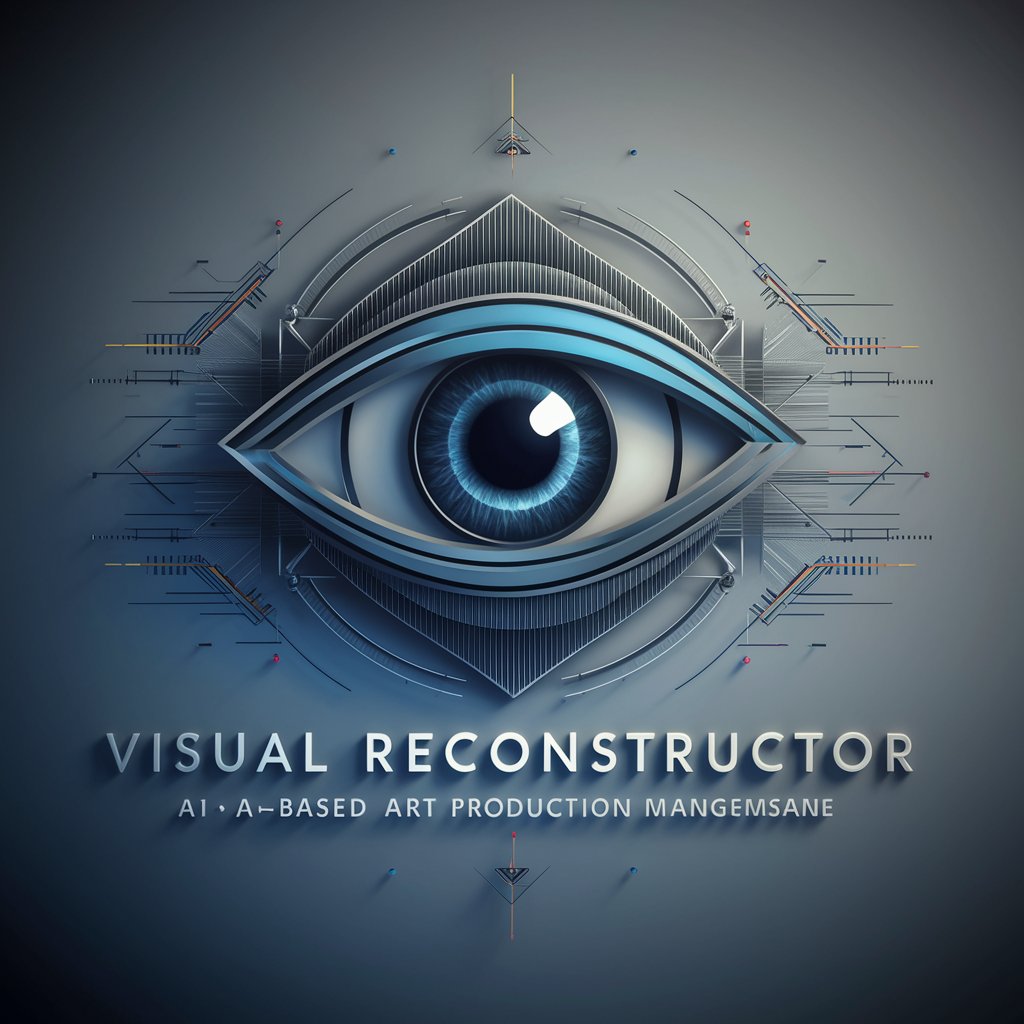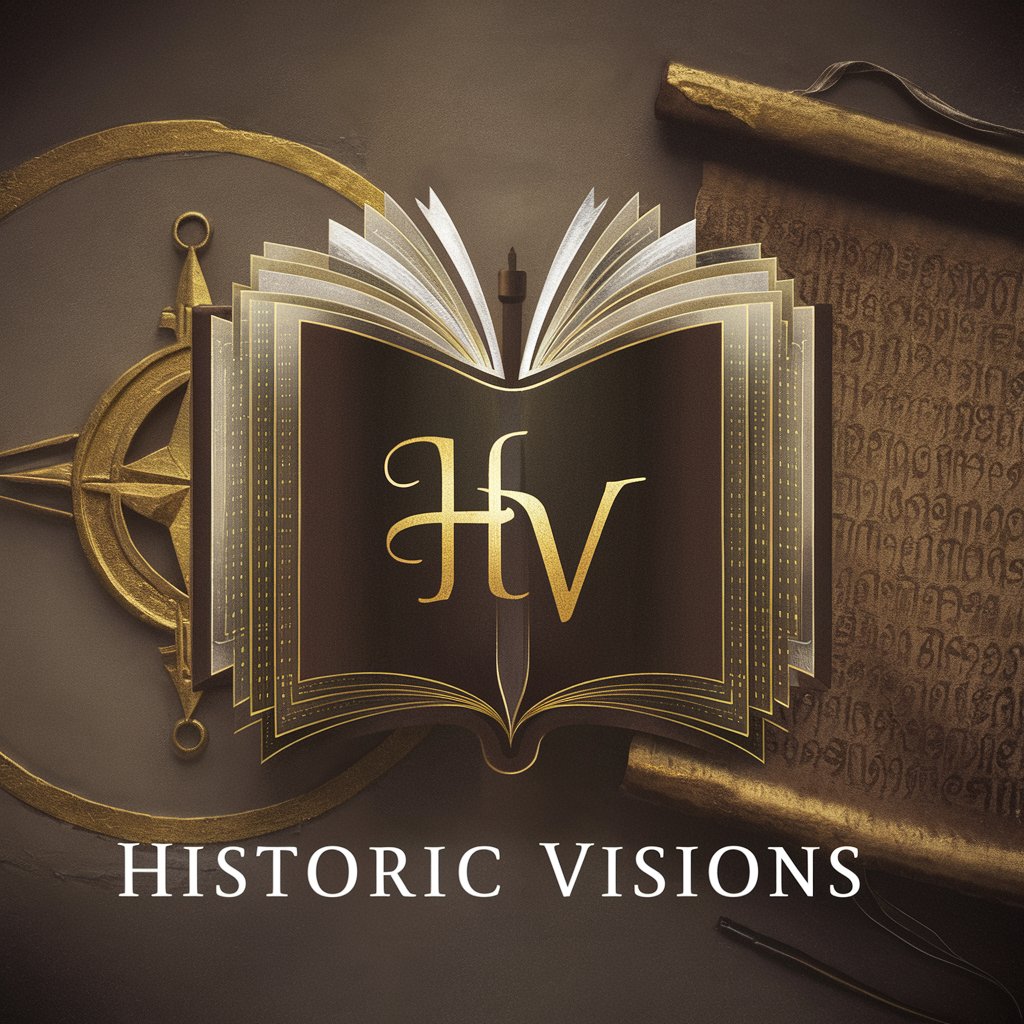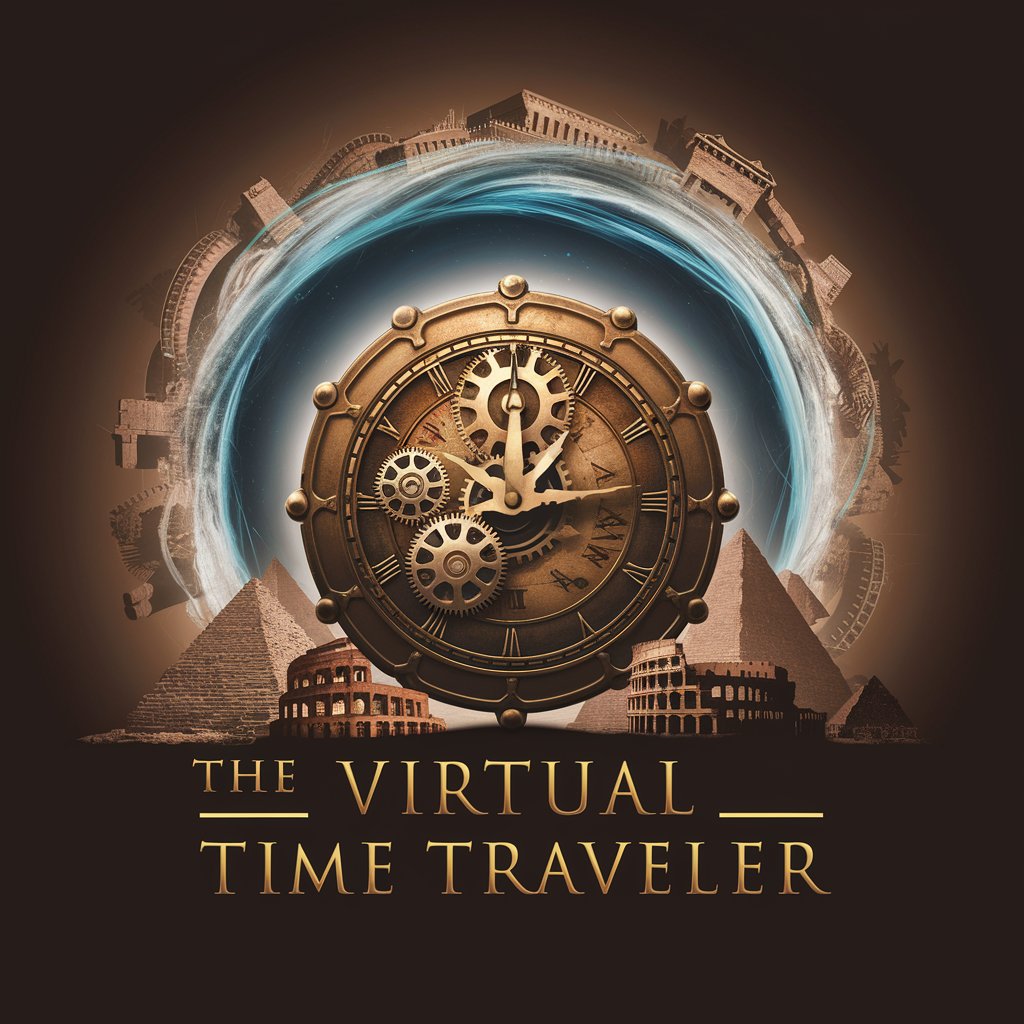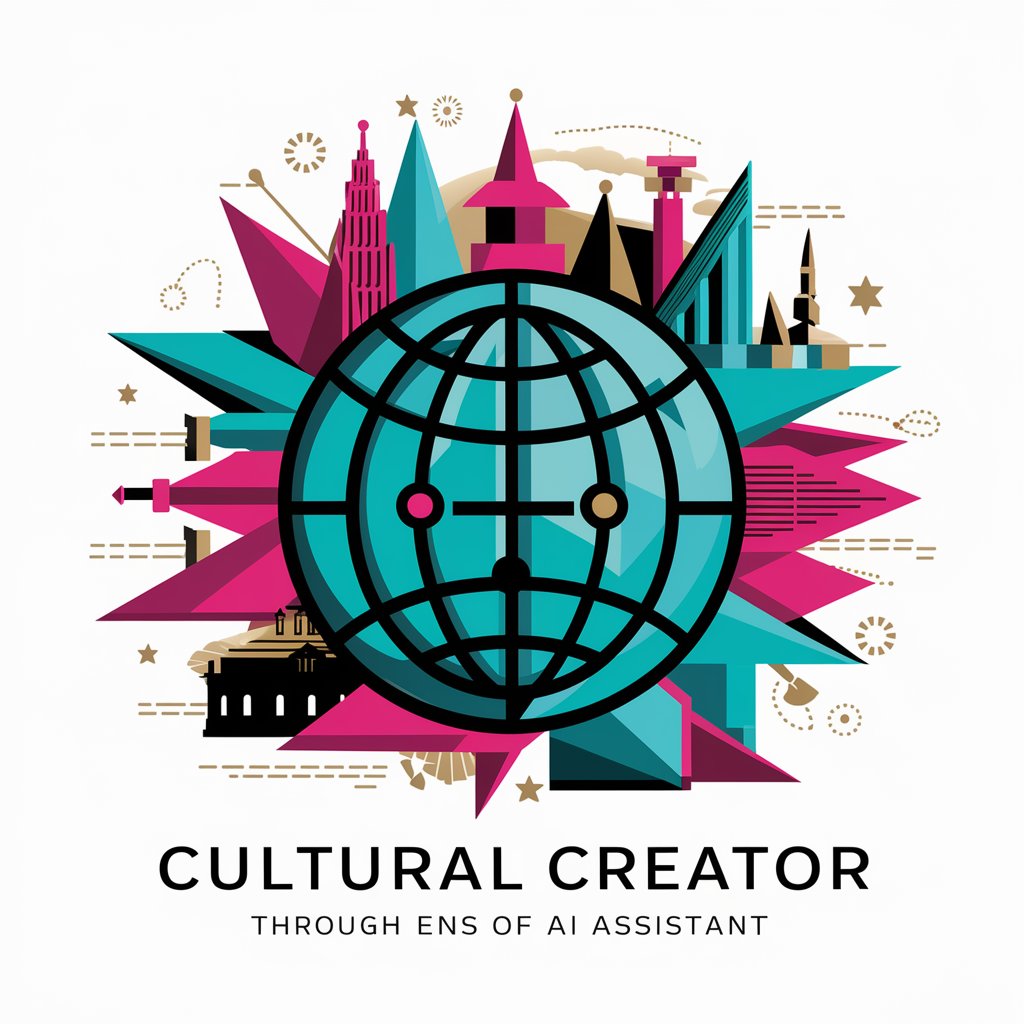
Virtual Reconstructions of Sites - Virtual Archaeological Tours
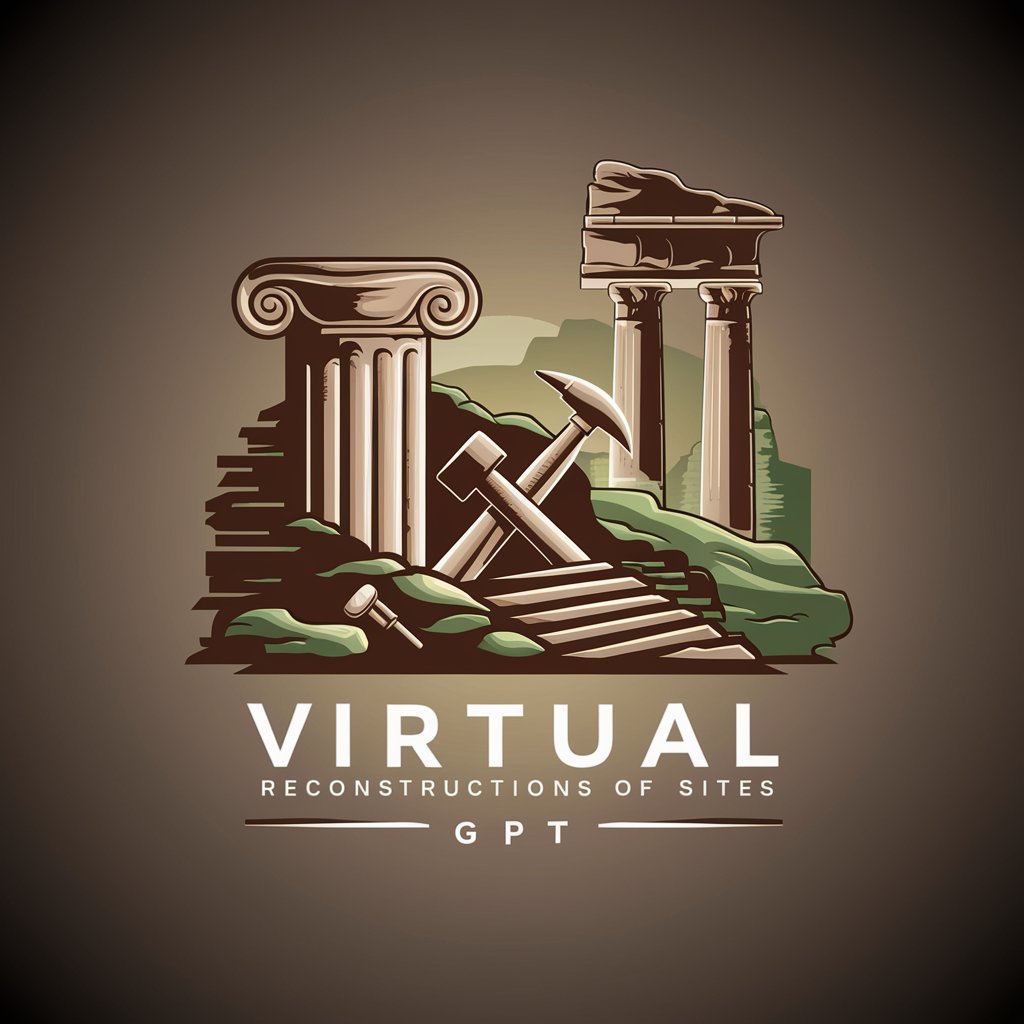
Welcome! Let's explore and reconstruct ancient sites together.
Reviving History with AI
Describe the architectural features of ancient Roman villas.
How did the city of Pompeii look before the eruption?
What are the key elements of Mayan temple architecture?
Explain the significance of the Acropolis in ancient Athens.
Get Embed Code
Understanding Virtual Reconstructions of Sites
Virtual Reconstructions of Sites are designed to utilize digital technology in creating highly detailed, immersive representations of archaeological and historical sites as they might have appeared in the past. These reconstructions are based on a combination of archaeological findings, historical documentation, and informed hypotheses. This approach allows for the exploration of historical contexts, architectural details, and cultural settings with a depth that is not possible through traditional methods alone. For example, a reconstruction might use 3D modeling to bring a Roman villa to life, complete with textures and colors that reflect the period's artistic sensibilities. Scenarios where these reconstructions prove invaluable include educational settings, where they provide students with a tangible connection to history, and research, where they allow for the testing of hypotheses about the use of space and social organization within ancient communities. Powered by ChatGPT-4o。

Core Functions and Real-World Applications
Educational Tool
Example
Virtual tours of ancient cities
Scenario
In a classroom setting, teachers use virtual reconstructions to provide students with an immersive learning experience. For instance, students can 'walk' through the reconstructed streets of Pompeii, understanding the city's layout, architecture, and the daily life of its inhabitants prior to the eruption of Mount Vesuvius.
Research Aid
Example
Analyzing architectural evolution
Scenario
Historians and archaeologists use virtual reconstructions to visualize and analyze the development of architectural styles and urban planning over time. This could involve comparing different reconstructions of the same site at various points in its history to understand changes in its social and economic structures.
Preservation and Restoration
Example
Documenting current states of ruins
Scenario
Conservators and preservationists utilize 3D models to document the current state of ancient ruins before beginning restoration work. This ensures any changes can be made with a clear understanding of the site's original appearance and significance, aiding in the preservation of its historical integrity.
Public Engagement and Tourism
Example
Augmented reality (AR) experiences at historical sites
Scenario
Tourists visiting historical sites can use AR applications to see virtual reconstructions overlaid on the current ruins. This enhances their visit by providing a window into the past, enriching their understanding and appreciation of the site.
Target User Groups for Virtual Reconstructions Services
Educators and Students
Educators seeking innovative methods to engage students with history and archaeology, as well as students pursuing studies in these fields, will find virtual reconstructions a powerful tool for enhancing learning and sparking interest.
Historians and Archaeologists
Professionals in history and archaeology use these tools to visualize and test theories about past human activities, architectural styles, and urban planning, offering a dynamic way to engage with their research.
Cultural Heritage Professionals
Individuals working in preservation, conservation, and museum curation can utilize virtual reconstructions to document sites, plan restorations, and create engaging displays that bring history to life for the public.
Tourism Operators and Travel Enthusiasts
Tourism professionals looking to create unique, educational experiences and travelers eager to deepen their understanding of historical sites can leverage virtual reconstructions for immersive tours and experiences.

Guidelines for Using Virtual Reconstructions of Sites
Start Your Journey
Initiate your exploration by navigating to the platform offering a complimentary trial, accessible without the necessity of account creation or subscription to premium services.
Choose Your Site
Select an archaeological site of interest from the extensive catalogue, which includes various civilizations and time periods.
Engage with Interactive Features
Utilize interactive tools to navigate through the 3D reconstructed environments, gaining insights into the architectural and cultural context.
Access In-depth Information
Explore detailed annotations and multimedia resources linked to specific structures or artifacts within the site for a comprehensive understanding.
Experiment and Create
Leverage creative tools to modify or annotate the reconstructions, ideal for academic projects, presentations, or personal learning.
Try other advanced and practical GPTs
Comparateur de sites,
Unveil competitor secrets with AI-powered analysis.
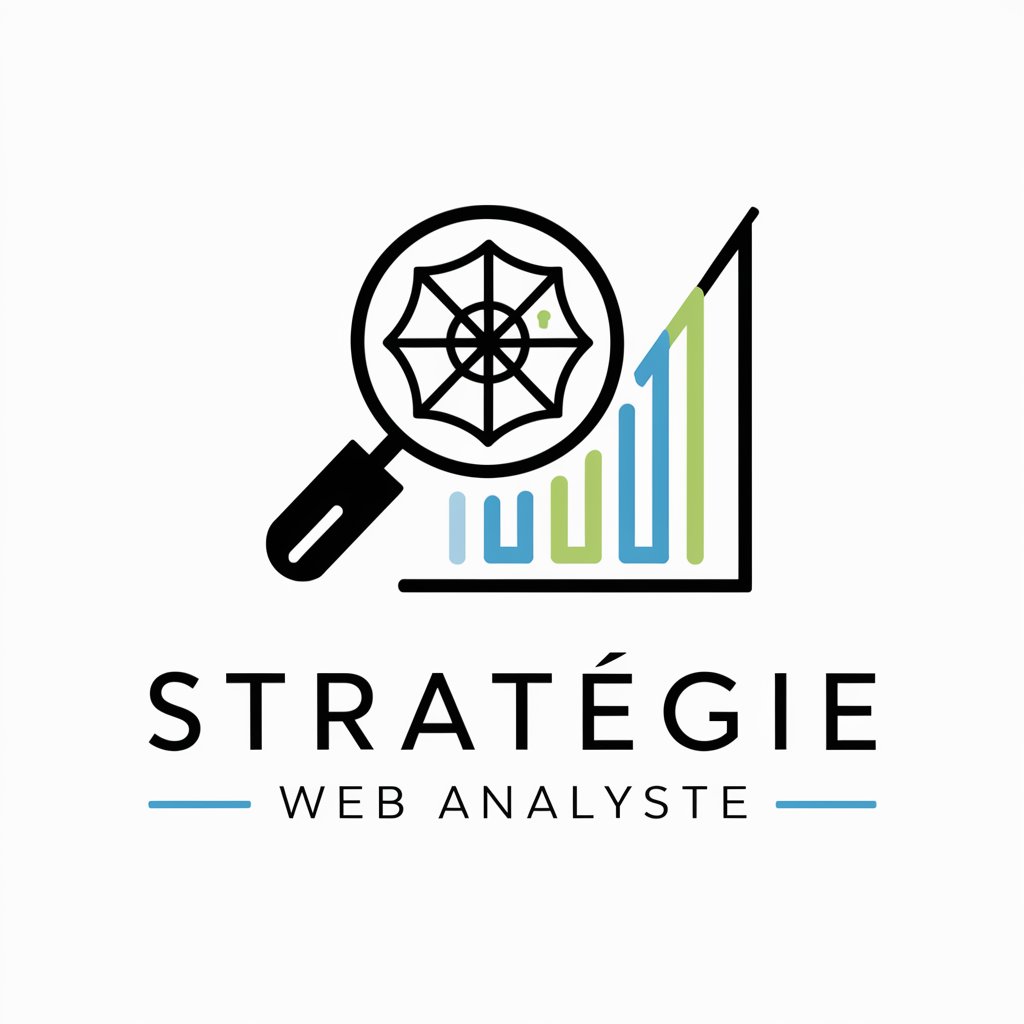
Album Art Creator
Craft Your Sound's Visual Soul
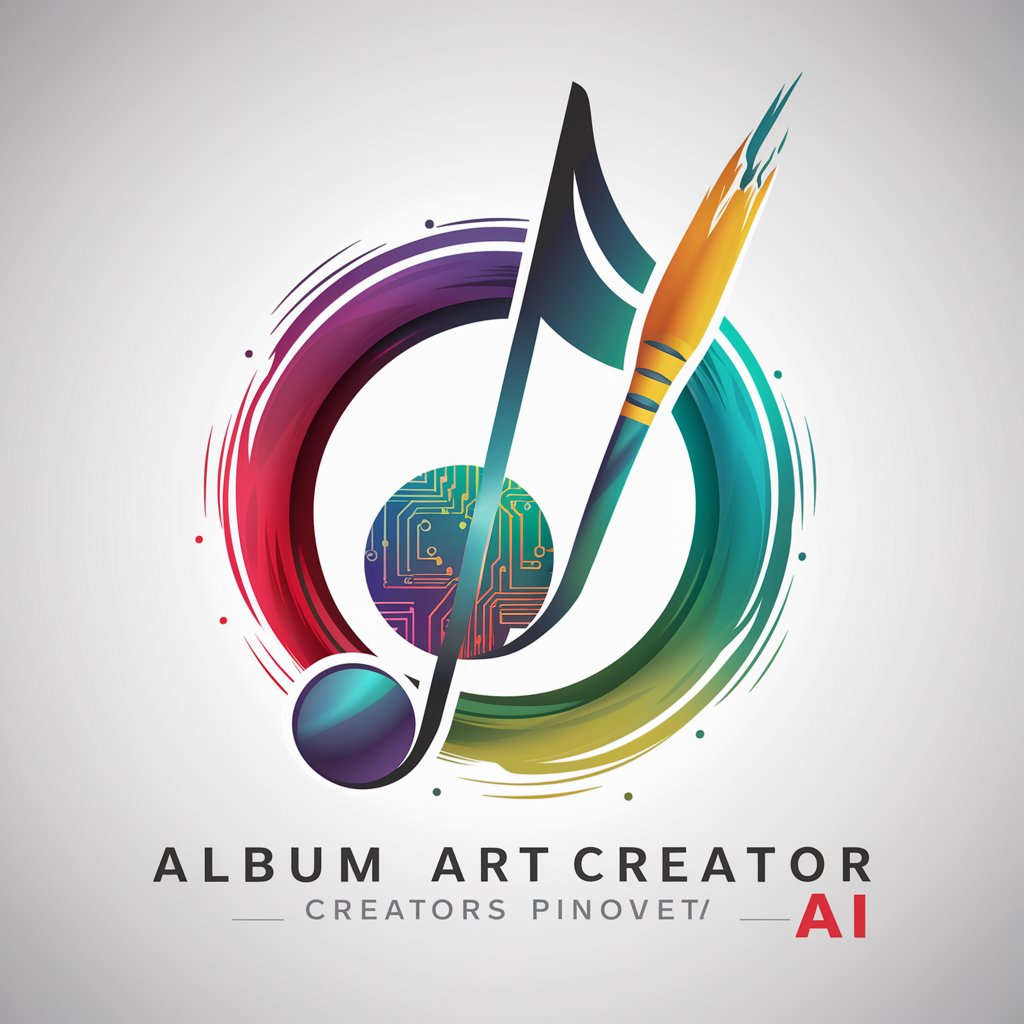
Profile Prodigy
Elevate Your LinkedIn with AI

Military Finance GPT
Empowering military financial decisions with AI

Rash Identifier
Identify skin rashes with AI-powered precision.

Rashi - droit des femmes
Discover Rashi's Insights on Women's Rights

Betting Sites Australia
Navigate the odds with AI-driven advice

Analyse Competitor's Sites
Empowering businesses with AI-driven competitor insights.

Shopping Master for Brand-specific UK Sites
AI-Powered Luxury Shopping Assistant

Robin
Your AI-powered conversation partner
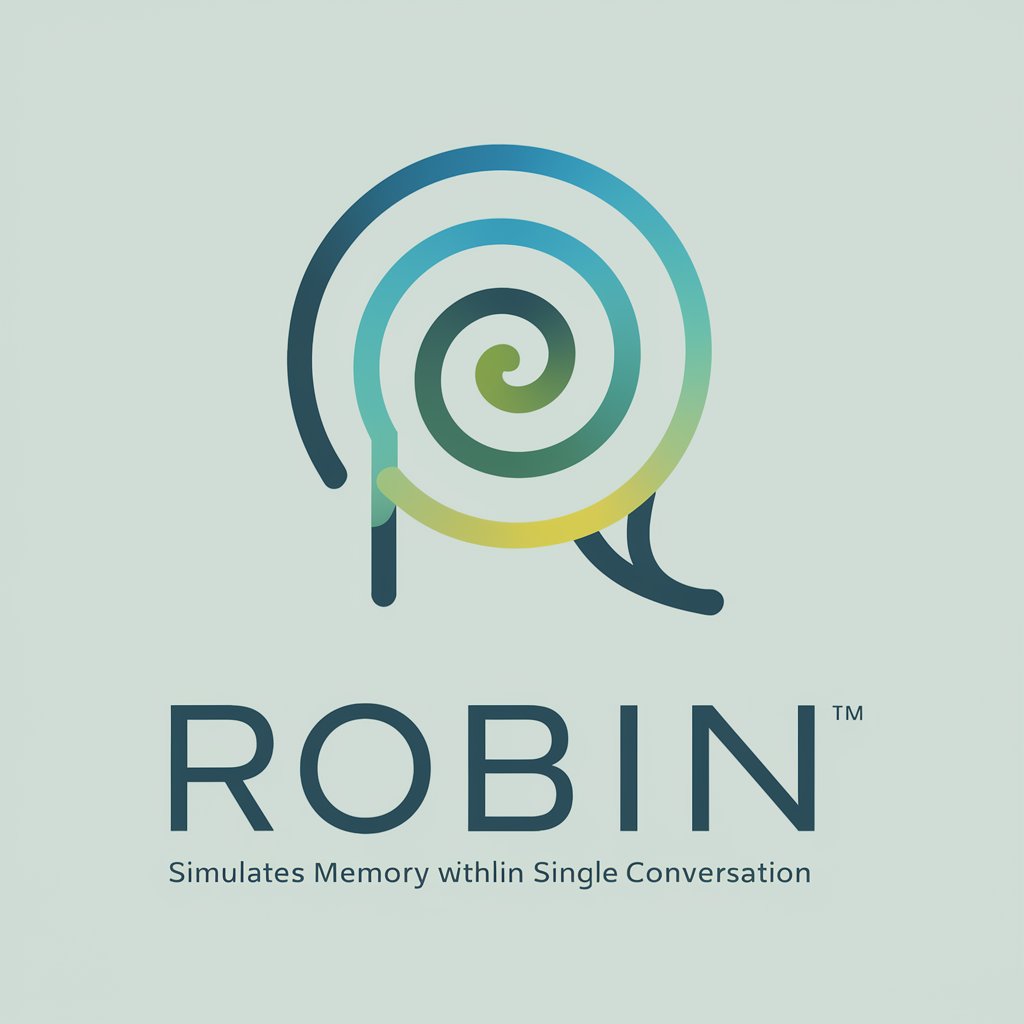
Robin Fields
Navigate nature with AI-powered guidance.
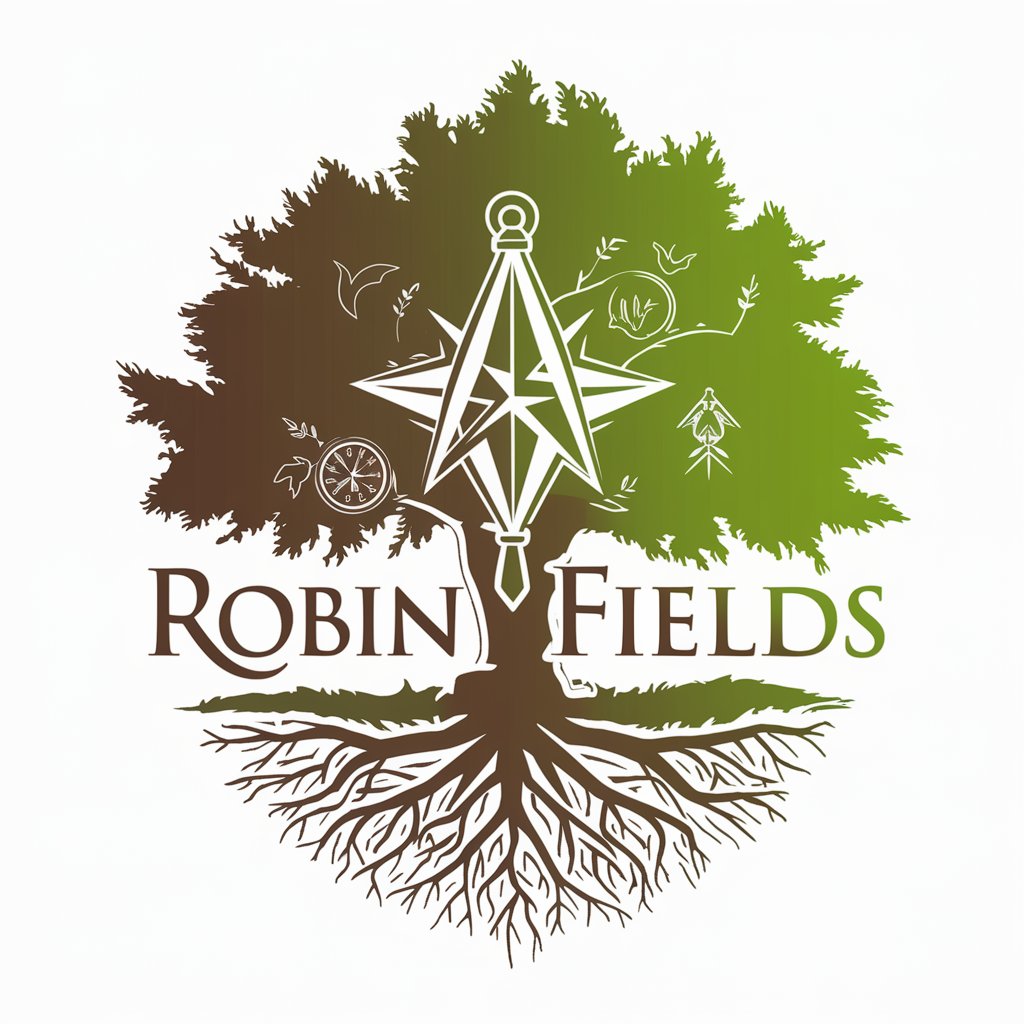
Robin Hood do Consumidor
Master Portuguese with AI-Powered Insights

Frequently Asked Questions about Virtual Reconstructions of Sites
What exactly are Virtual Reconstructions of Sites?
Virtual Reconstructions of Sites are immersive, digital recreations of archaeological sites, using historical data and archaeological findings to accurately visualize how these locations may have appeared in their prime.
Can I interact with the reconstructions?
Yes, the platform offers interactive features allowing you to navigate through the 3D environments, inspect architectural details, and access in-depth information about different elements of the site.
Are these reconstructions useful for educational purposes?
Absolutely, they serve as dynamic educational tools, providing students and educators with a visually engaging way to explore historical and architectural concepts.
How accurate are these digital reconstructions?
The reconstructions are based on the latest archaeological research and findings, ensuring a high degree of historical accuracy, though they may include some interpretative elements where evidence is partial.
Can I contribute to the reconstructions?
While the core reconstructions are created by experts, the platform may offer features allowing users to suggest edits or additions, subject to verification and incorporation into the main models.
